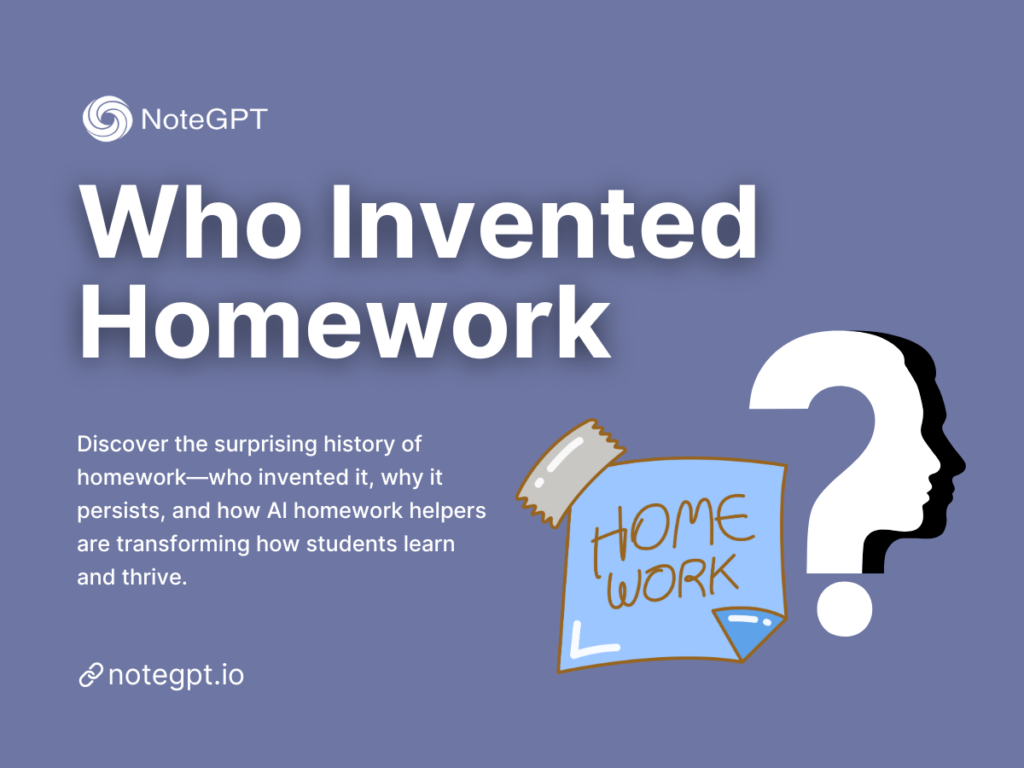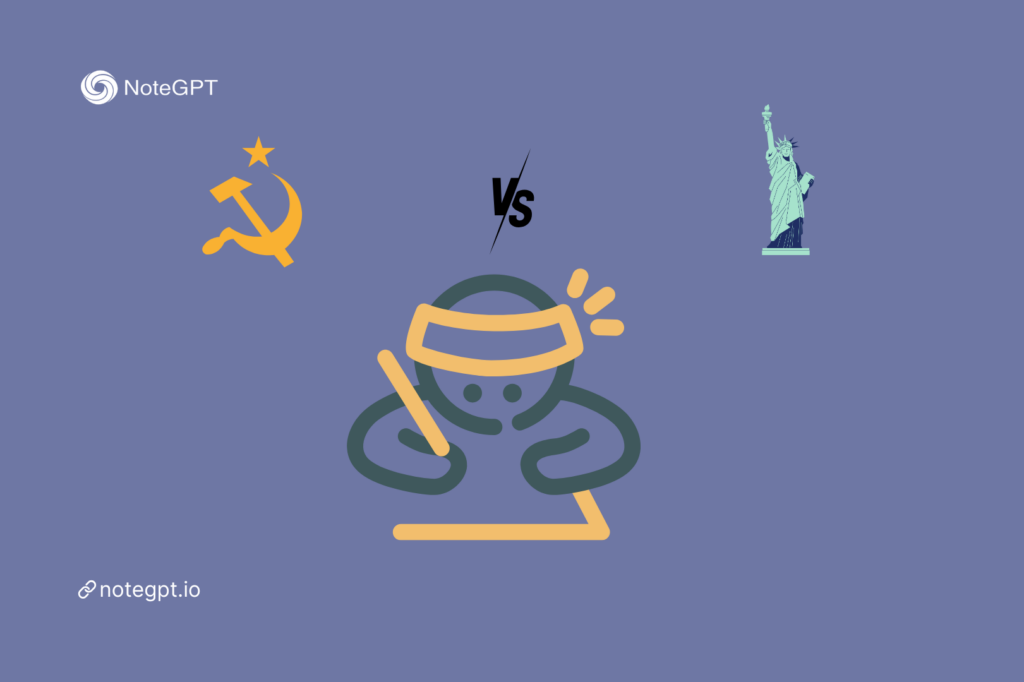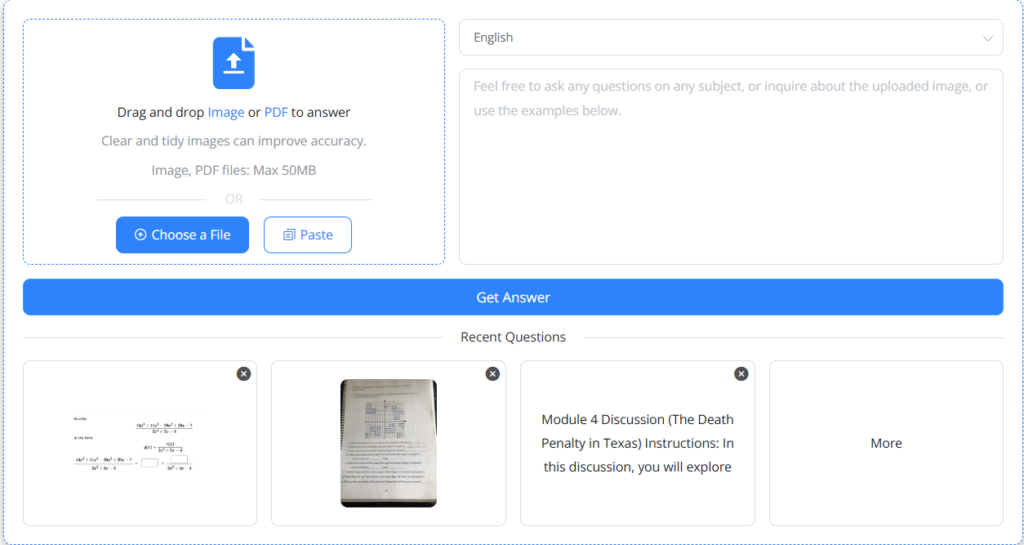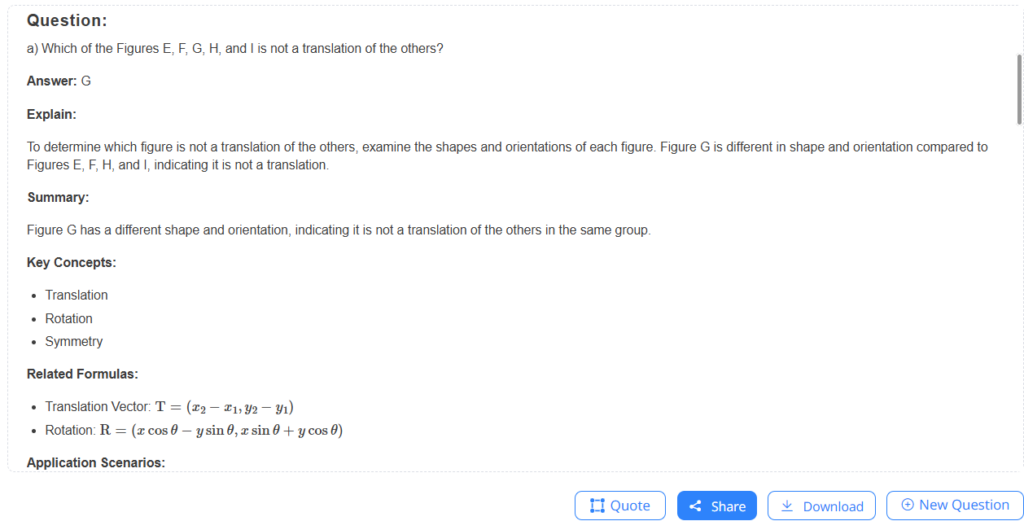Who Invented Homework and Why? A History of Students’ Daily Bread

Contents
Let’s face it—few words strike fear into the hearts of students quite like homework. Whether it’s math equations that make your brain short-circuit or essays that mysteriously expand at midnight, homework has been the sworn enemy of free time for generations. But here’s the real plot twist: who invented homework, and why did they think it was a good idea?
Spoiler alert: the answer isn't as simple as blaming one evil teacher from 1905. In fact, the history of homework is a tangled web of myths, politics, and pedagogy, stretching from ancient Rome to Cold War America and beyond. And just when we thought we’d be stuck with it forever, along comes a new classroom hero: the AI Homework Helper.
In this post, we’ll unravel the surprising origins of homework, explore how it’s evolved across time and continents, and see how smart tools like AI homework helpers are transforming after-school agony into smarter, faster learning. So sharpen your pencils—or maybe just fire up your browser. This is homework history, reimagined.
The Big Question: Who Really Invented Homework?
The Myth of Roberto Nevilis
Search “Who invented homework?” and you’ll likely stumble across a dramatic tale: that in 1905, an Italian teacher named Roberto Nevilis invented homework to punish lazy students. Sounds harsh, right? A teacher so tired of his class that he thought, “You know what would teach them? Work they have to do at home.”
This story has gone viral across forums, meme pages, and even classroom presentations. But there’s one small problem—it’s not true.
There’s no documented evidence of Nevilis ever existing. Historians, educators, and fact-checkers alike have labeled the story as a myth. So, if it wasn’t Mr. Nevilis with the chalkboard in the classroom, then who really came up with homework?

What History Actually Tells Us
Homework, it turns out, wasn’t the brainchild of one particularly grumpy teacher. It evolved over centuries. Instead of one “aha!” moment, it was more like a long, slow rollout across ancient civilizations, Renaissance reforms, and industrial-age schoolhouses.
Early forms of take-home assignments can be traced back to ancient Rome. One notable figure, Pliny the Younger, encouraged his students to practice public speaking at home. Not because he wanted to torture them, but because he believed practice outside the classroom built confidence and mastery.
Fast-forward a few centuries, and educators in 19th-century Prussia and Germany began integrating homework into their strict, state-controlled school systems. This was less about learning multiplication tables and more about instilling obedience and discipline—values seen as essential for a well-functioning society

Why Was Homework Invented in the First Place?
Learning Reinforcement and Discipline
The original goal of homework wasn’t to ruin your free time or steal hours of Netflix. It was supposed to reinforce learning.
Think of it like practicing an instrument. You don’t just learn to play the piano by attending a single class a week—you practice on your own time, at your own pace. The same principle applied to education: repetition = retention.
But there was another reason: discipline. Early education systems weren’t just about feeding students facts. They aimed to train responsible, obedient citizens who could follow instructions, meet deadlines, and finish tasks without supervision.
In other words, homework wasn’t just about the content—it was a life skills training bootcamp.

From Ancient Rome to Modern Classrooms
The shift from Roman rhetoric to modern homework packets didn’t happen overnight. In the 1800s, schools became more formalized and widespread, especially in Europe and the United States. As the Industrial Revolution reshaped society, education followed suit.
In countries like Germany, homework became standard practice. It wasn’t optional. It was part of a system designed to strengthen the nation through hard-working, well-educated citizens.
When Horace Mann, an American education reformer, toured Germany in the 1840s, he was so impressed that he brought their model—including homework—back to the U.S. Since then, homework has been a fixture in American education.

A Short History of Homework Around the World
Germany’s Influence on American Education
Germany doesn’t just give us great chocolate and scary grammar rules—it gave us homework, too. The Prussian model of education, adopted in the mid-1800s, emphasized structured learning, authority, and practice outside the classroom.
It was more than academic rigor; it was about shaping character. Homework taught young minds to obey, work diligently, and contribute to society. These values appealed to reformers in the U.S., particularly in states building public school systems from scratch.
That’s how homework became a cultural export—packaged with bells, blackboards, and strict discipline.
Cold War Pressure and the Homework Boom
In the 1950s and 60s, homework found a new best friend: fear.
When the Soviet Union launched Sputnik in 1957, it sparked a panic in the U.S. Suddenly, everyone was asking, “Are American kids falling behind?” The result? More math homework. More science drills. More pressure on students to compete globally.
Homework was no longer just about reviewing grammar. It became part of the national strategy for survival—a weapon in the educational arms race.
This led to an increase in standardized testing and hours of after-school study, especially for middle and high school students. Homework wasn’t just busywork; it was patriotic duty.

Does Homework Still Matter Today?
Benefits of Doing Homework at Home
Despite the groans it causes, homework does offer some real benefits:
Reinforcement: It helps cement concepts learned in class. Think of it like muscle memory for the brain.
Time Management: It teaches students how to juggle responsibilities and meet deadlines.
Parental Involvement: It gives parents a peek into what their kids are learning (and possibly a reminder that algebra is still hard).
Self-Discipline: It promotes independence and persistence—valuable skills far beyond the classroom.
The Growing Debate: Stress vs. Success
But here’s the thing: not all homework is helpful.
Many students report feeling overwhelmed, anxious, and even burned out—especially when they have multiple assignments, sports, chores, and just 24 hours in a day.
Critics argue that homework:
Reinforces inequality (some students have support at home, others don’t)
Reduces family time
Doesn’t significantly improve test scores, especially in younger grades
This has led some schools to ban homework altogether, particularly in elementary classrooms. Meanwhile, others have reduced it or made it optional.
So… is there a better way?
How AI Homework Helpers Are Changing the Game
What Is an AI Homework Helper?
Let’s introduce the hero of our story—the AI Homework Helper.
No, it’s not a robot that does your math sheet while you nap. It’s smarter (and more ethical) than that.
An AI homework helper is an intelligent digital tool that assists students in understanding their assignments. It can:
Solve math problems step by step
Summarize articles or textbook chapters
Break down complex science concepts
Help organize thoughts for essays
Provide instant feedback on grammar and structure
Instead of replacing learning, it enhances it—like having a personal tutor available 24/7.

From Frustration to Understanding—Instant Support for Students
Let’s be honest: homework can be confusing. Ever stared at a math problem for 30 minutes only to feel like it’s written in an alien language? That’s where AI homework helpers shine.
Instead of copying answers from the back of the book or scouring unreliable online forums, students can now:
Ask follow-up questions like “Why does this step matter?”
Watch guided walkthroughs of math or physics problems
Get grammar feedback and rewrite suggestions in real time
Translate tricky academic phrases into plain English
More importantly, an AI homework helper doesn’t judge. It doesn’t sigh loudly or roll its eyes. It’s patient, consistent, and always available—whether it’s 4 p.m. or 2 a.m.
This gives students more confidence and clarity, especially those who struggle to ask for help in class or can’t afford private tutoring.

The Future of Homework: Smarter, Not Harder
Personalized Learning with AI
Imagine a world where every homework assignment adjusts to your strengths and weaknesses. That’s not sci-fi anymore—it’s already happening with the rise of personalized AI tools.
Here’s how it works:
AI assesses your skill level in real time
It tailors questions and explanations based on how you learn best
It gives extra practice where you need it, and moves on when you’re ready
It tracks your progress without making you feel watched
This kind of adaptive learning makes education more efficient and less frustrating. Instead of assigning the same worksheet to 30 students, AI-based platforms can craft custom paths for each learner.
In other words, homework is evolving—from mass-produced drills to personalized practice.

Study Tips for Making the Most of AI Tools
Of course, even the smartest tool is only helpful if you use it wisely. Here are a few ways to get the most out of your AI homework helper:
Don’t just look at the answer – Always read the explanation. That’s where the learning happens.
Ask follow-up questions – Most AI helpers respond better when you treat them like a tutor.
Use it as a draft coach – Let it improve your grammar or structure, but keep your ideas.
Timebox your sessions – AI can boost efficiency, but you still need rest breaks and screen-free time.
Pair with a real person – Ask a teacher, parent, or friend to discuss what you learned.
Think of AI as a study buddy—not a shortcut, but a smart sidekick.
Conclusion
So, who invented homework? Not Roberto Nevilis. Not one single person. Homework is a historical mosaic—stitched together from Roman speeches, German discipline, American reform, and Cold War anxiety.
It has been loved, hated, debated, and reinvented over the centuries. But one thing’s for sure: homework is here to stay… at least in some form.
The real question now isn’t whether we’ll keep assigning homework—but how we’ll do it better. And that’s where AI steps in.
Today’s students aren’t stuck in the past. With tools like an AI Homework Helper, they have access to smarter, faster, more personal support than ever before. That means more time for learning—and yes, more time for life.
Because in the future, homework won’t just be a “daily bread.” It’ll be a smarter, tastier slice—served with a side of artificial intelligence.





